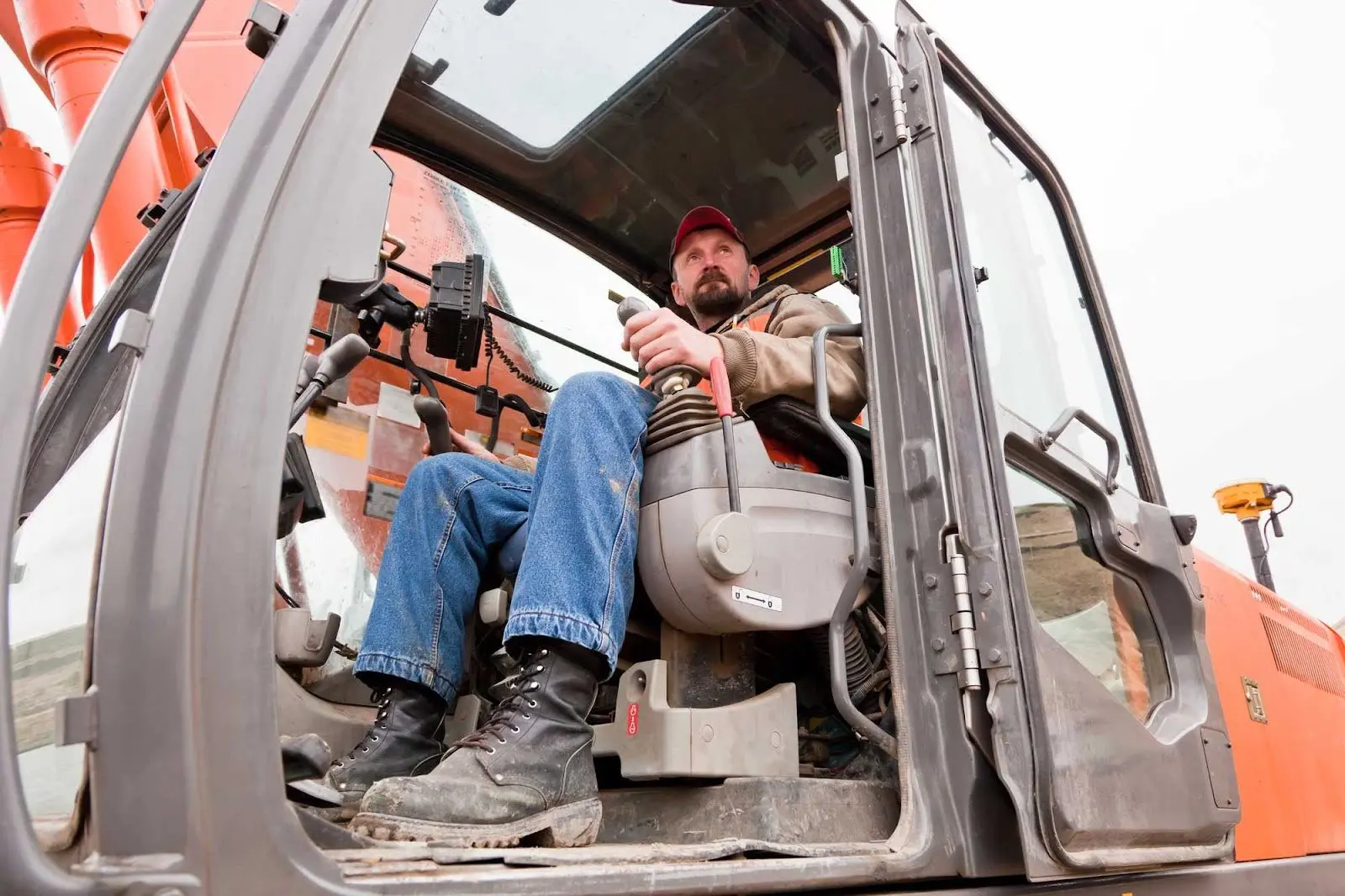How Surface Protection Plays a Role in Seasonal Construction Challenges

Whether it’s the steady rain of a wet day or the biting cold of winter, fluctuating weather conditions wield considerable influence over construction projects. Challenges like slippery surfaces and equipment malfunctions introduce a layer of unpredictability that can disrupt work schedules, challenge safety protocols, and affect the overall quality of construction projects.
This is where surface protection comes into play. Equipment protection products designed to withstand the rigors of varying weather conditions ensure that construction can continue without interruption, preventing costly downtime and repair expenses. Let’s dive into specific surface protection benefits for different types of weather and best practices for implementing them on construction sites.
Rain
Rainy weather can present several challenges to construction sites. The most immediate concern are slippery surfaces, which significantly raise the risk of slips, trips, and falls among workers. Moreover, heavy rain can lead to soil erosion, which can destabilize excavations or trenches and increase the potential for hazardous collapses. Additionally, construction materials like wood, drywall, and insulation are susceptible to moisture damage from prolonged exposure to rain, which can compromise their quality and require replacements.
Protective measures include implementing effective drainage systems to redirect rainwater, using covers like AerialJackets® to shield construction equipment, and applying anti-slip coatings on walkways and work surfaces. Also, aim to schedule work activities around weather forecasts to minimize exposure to heavy rain.
Snow and Cold Temperatures
In the winter months, cold temperatures pose a distinct set of weather-related construction issues. Equipment can be particularly affected, with the cold causing malfunctions or reduced efficiency. Frozen water in pipes and hoses can lead to damage and costly repairs. Additionally, workers may experience reduced productivity due to the challenging conditions, potentially resulting in project delays. Safety hazards arise from icy surfaces, increasing the likelihood of accidents and injuries on the job.
To address this, ensure equipment is protected with high-quality covers, use heated enclosures for tasks like concrete curing, provide warm clothing and gear for workers, and keep work areas clear of snow and ice through snow removal efforts. Consider heating equipment storage areas or using winterized fuels to prevent equipment malfunctions and ensure machinery operates effectively in winter conditions.
Cold temperatures can also cause materials like concrete and asphalt to become brittle and prone to cracking. Use heated enclosures, insulated blankets, or curing compounds to maintain the proper curing conditions for concrete and prevent damage from freezing temperatures.
Freezing Temperatures
Project sites facing freezing temperatures need to consider several factors. Concrete curing can be compromised, leading to weakened structures, if precautions are not taken. Handling materials in the cold can be more challenging and dangerous. Equipment may require additional maintenance to function effectively in freezing conditions, adding to project costs and potential delays.
Use insulated blankets or enclosures for concrete curing, ensure proper handling and storage of materials to prevent freezing, and conduct regular equipment maintenance to prevent cold-related malfunctions. AerialJackets® are also a great tool in these extreme temperatures, protecting equipment during storage and helping keep ice off platforms.
High Winds
Strong winds are a concern, particularly for construction sites with elevated structures or large, lightweight materials. These conditions pose safety risks as workers are exposed to gusty winds. Temporary structures and scaffolding are vulnerable to wind damage, which can impede progress and cause further safety issues. Wind can also carry dust and debris, impacting air quality and creating hazardous working conditions.
To mitigate these risks, secure temporary structures, scaffolding, and loose materials, set up windbreaks or barriers to shield workers and materials, use equipment protection products to protect machines from dust and debris and establish safety protocols that may include work suspensions during extreme wind conditions.
Extreme Heat
Extreme heat can present health and productivity challenges. When temperatures soar, workers are susceptible to heat-related illnesses such as heat exhaustion and heatstroke. Productivity can also decrease since workers can tire more quickly in these conditions. Additionally, certain construction materials may suffer adverse effects in extreme heat, potentially impacting project quality.
To avoid consequences like these, implement heat safety protocols, establish shaded rest areas where workers can cool down and rehydrate, and consider adjusting work schedules to avoid the hottest parts of the day.
Proper equipment maintenance and cooling systems are essential to prevent equipment breakdowns in high temperatures. Provide shading or ventilation for machinery when not in use. Moreover, some construction materials can soften or deform in extreme heat. Shade structures or heat-resistant materials can help maintain the structural integrity of materials like asphalt or concrete, preventing deformation and surface damage.
Equipment protection is a practical and essential defense against seasonal construction challenges. These measures guarantee the well-being of construction workers, minimize project delays, and preserve the quality of construction materials during adverse conditions. Integrating them helps your company maintain a safe, efficient, and successful construction environment that can effectively navigate the diverse challenges of each season. At TireSocks, we provide innovative surface and equipment protection solutions for interior construction. Reach out to us today and ensure your project site remains resilient regardless of the weather.
